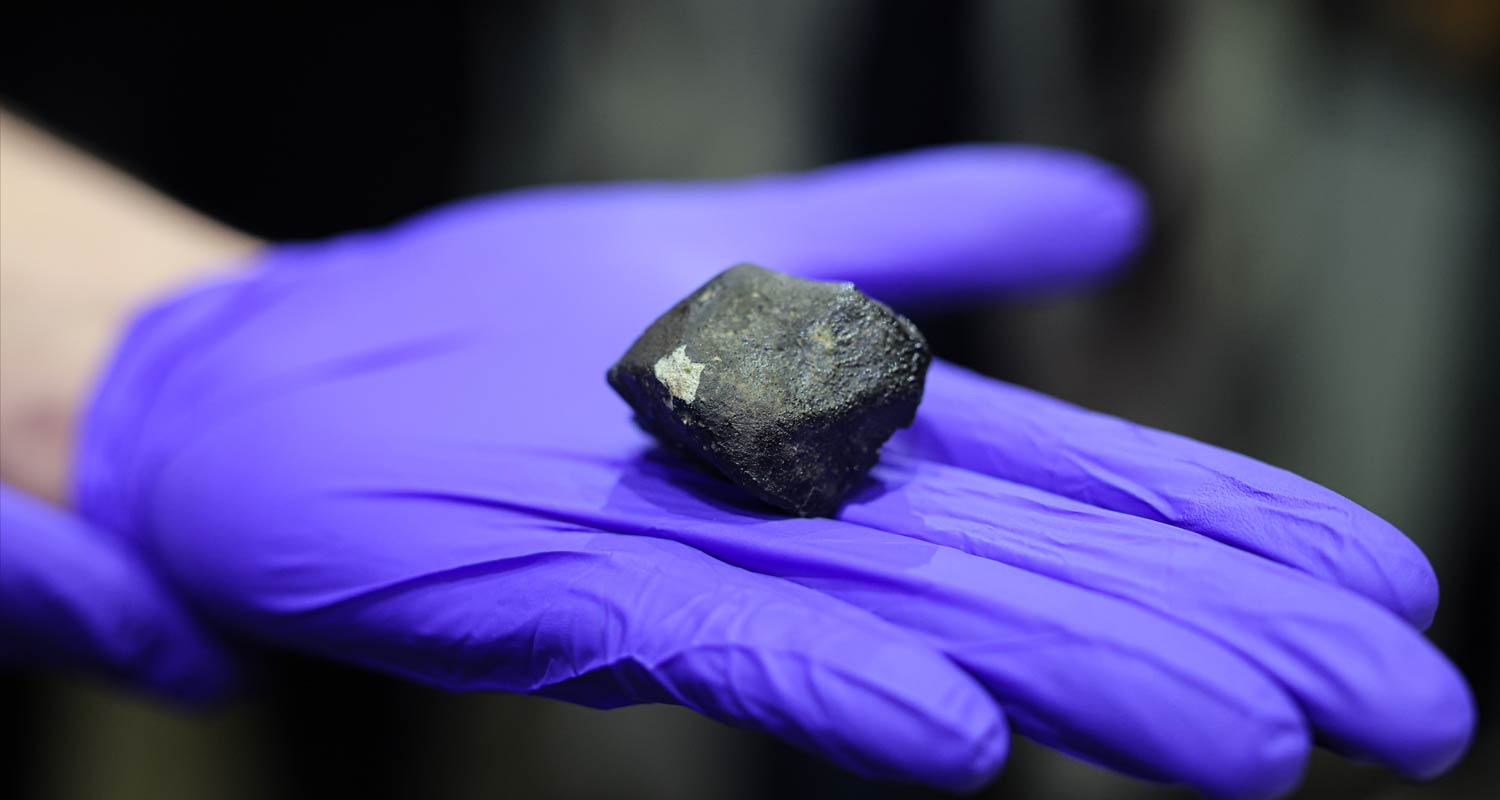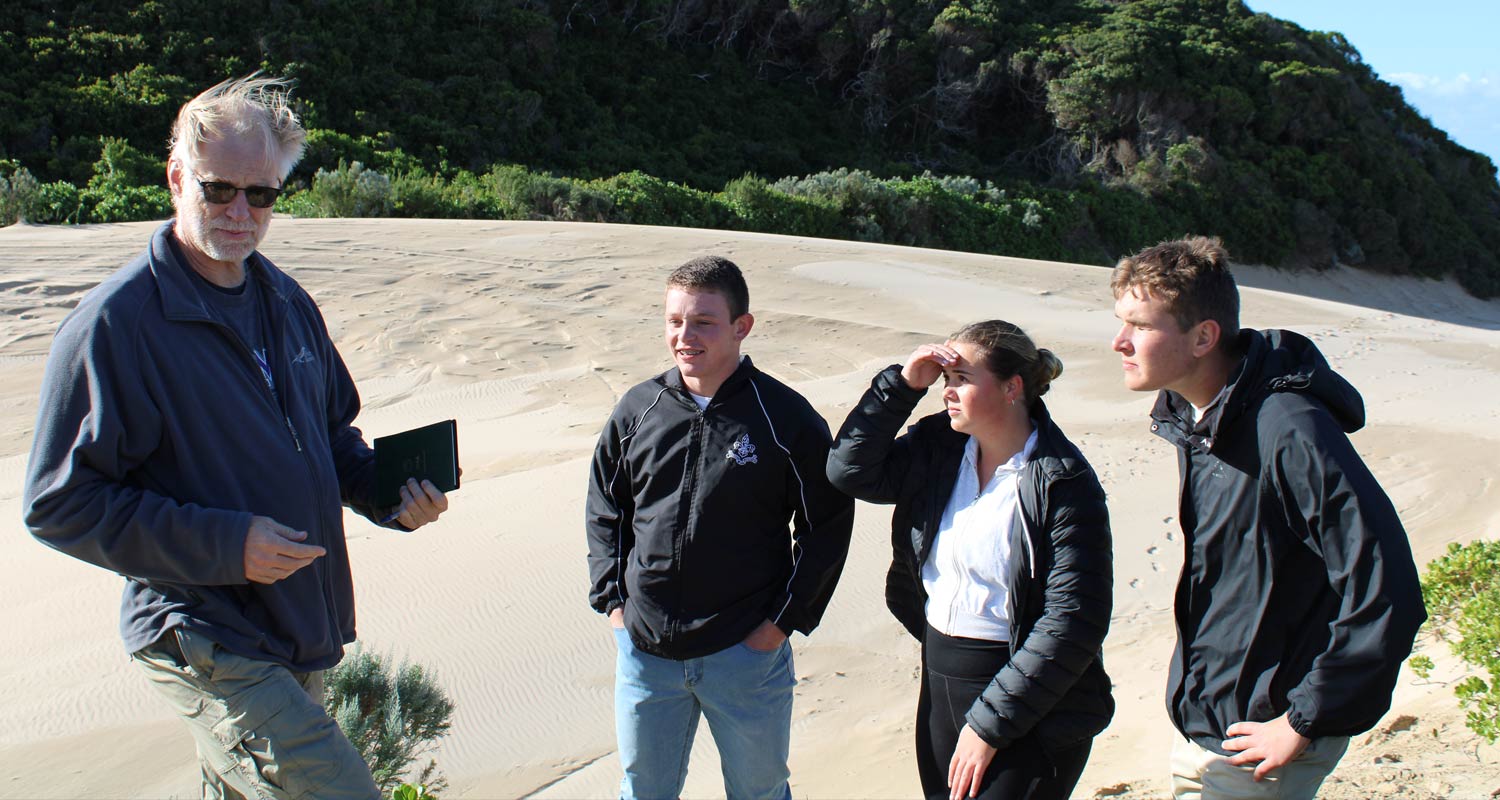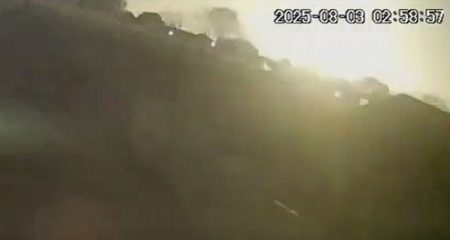
A team of scientists and researchers from the Wits, Rhodes and Nelson Mandela Universities has confirmed that the bolide that fell into the Indian Ocean over St Francis Bay a few weeks ago is indeed a meteorite and not a satellite as initially suspected.
The bolide – a fireball streaking across the sky – has been given a preliminary classification as a rare type of meteorite called an achondrite based on fragments that were found in Kirkwood. Only one in 10 of some 75 000 meteorites that have been discovered on Earth turn out to be achondrites.
“There are five fragments in total. The meteorite broke down when it hit the ground”, said Deon van Niekerk of the electron microscopy unit at Rhodes University, in a presentation on Tuesday.
“If we compare images of these samples with other meteorites that have been found and classified, we can make a preliminary conclusion that these are fragments of a howardite eucrite diogenite (HED) meteorite.”
HED meteorites are a type of achondrite – as opposed to the more common chondrites – that scientist for a long time suspected originate from a 530km-wide asteroid named 4 Vesta. Vesta resides in the main asteroid belt, a region densely populated by asteroids in the orbital region between Mars and Jupiter. Nasa in 2011 launched the Dawn spaceship, which reached Vesta in 2013 and confirmed long-held suspicions that HED meteorites originate from it.
According to Prof Roger Gibson of the School of Geosciences at Wits University, teams from the three universities corroborated eyewitness (and “earwitness”) accounts with video footage and data from a National Council of Geosciences ground station to plot the meteorite’s path and identify where other fragments may have fallen.
72 000km/h
The team concluded that the meteorite, about 1-1.5m in size, entered Earth’s atmosphere around 8.50am SAST last Sunday morning over the coastline between Gqeberha and George. The object was travelling at 20km/s, or 72 000km/h. Penetration into denser atmosphere caused friction with air molecules and so the object began to glow and melt, losing a lot of its volume.
The object was travelling at supersonic speeds, which caused shockwaves (sonic booms), but the sound could only be heard long after the object had hit the ground. The explosion, which caused the object to split apart and which was caught on video, happened at an altitude of 38km.
Read: This week’s Joburg earthquake ‘not unusual’ – expect more
The team is still seeking permission from landowners over the space rock’s trajectory. Once obtained, ground teams will investigate and try to find other fragments. Now that the macroscopic observations have been done, thin sections of the rocks must be taken and looked at under an optical microscope to identify their mineral composition.
Following that, a scanning electron microscope will be used to get the chemical composition of the minerals and generate a map of the object that will be used to help identity other samples in future. Only then will the rock be named and classified appropriately. The scientists have proposed naming it Nqweba – the new name for Kirkwood.

Gibson thanked South Africans who used social media to provide eyewitness accounts. These helped the team figure out the meteorite’s path and corroborate theories about the object. He also warned of the danger these objects pose in general, even though this particular meteorite was in the end benign.
“Thank goodness our atmosphere protected us. This wasn’t a big event, and it is not the biggest possible. We understand the threat that these meteors pose to us and we are nowhere near being able to detect these objects with any regularity. The really big ones are capable of wiping out life on Earth,” said Gibson. – © 2024 NewsCentral Media



